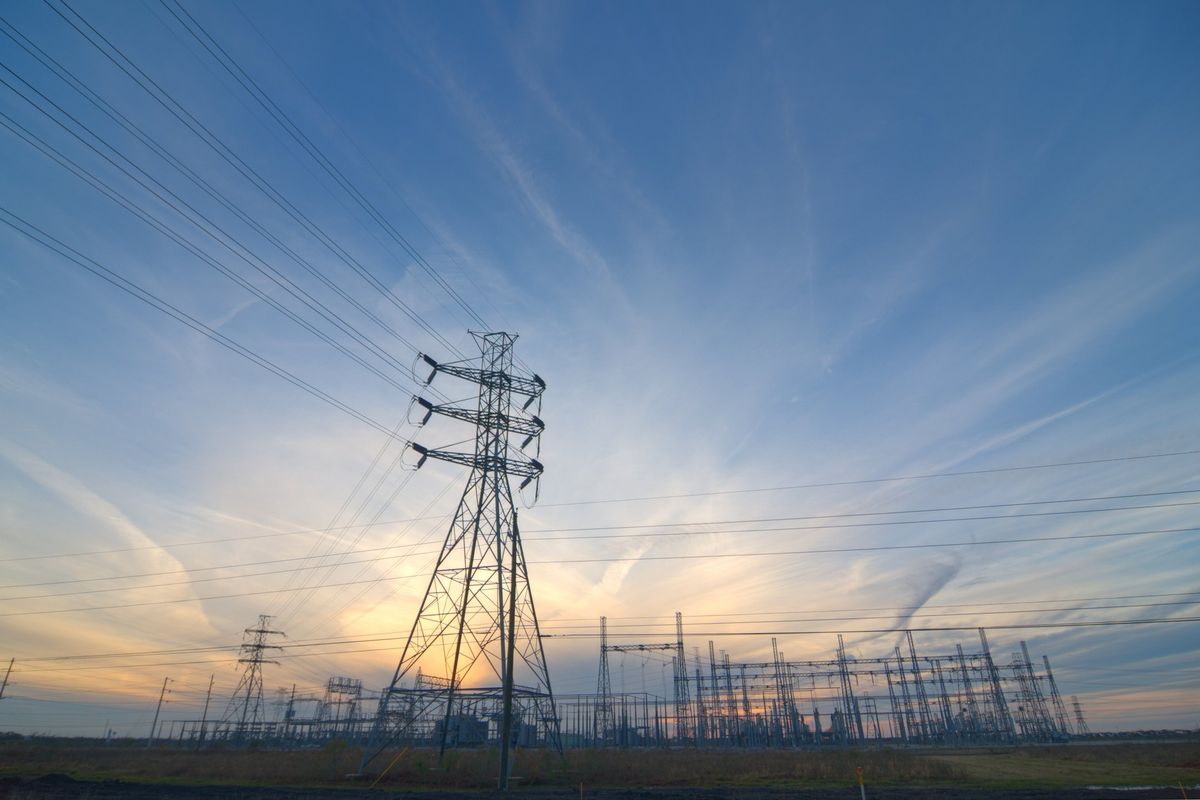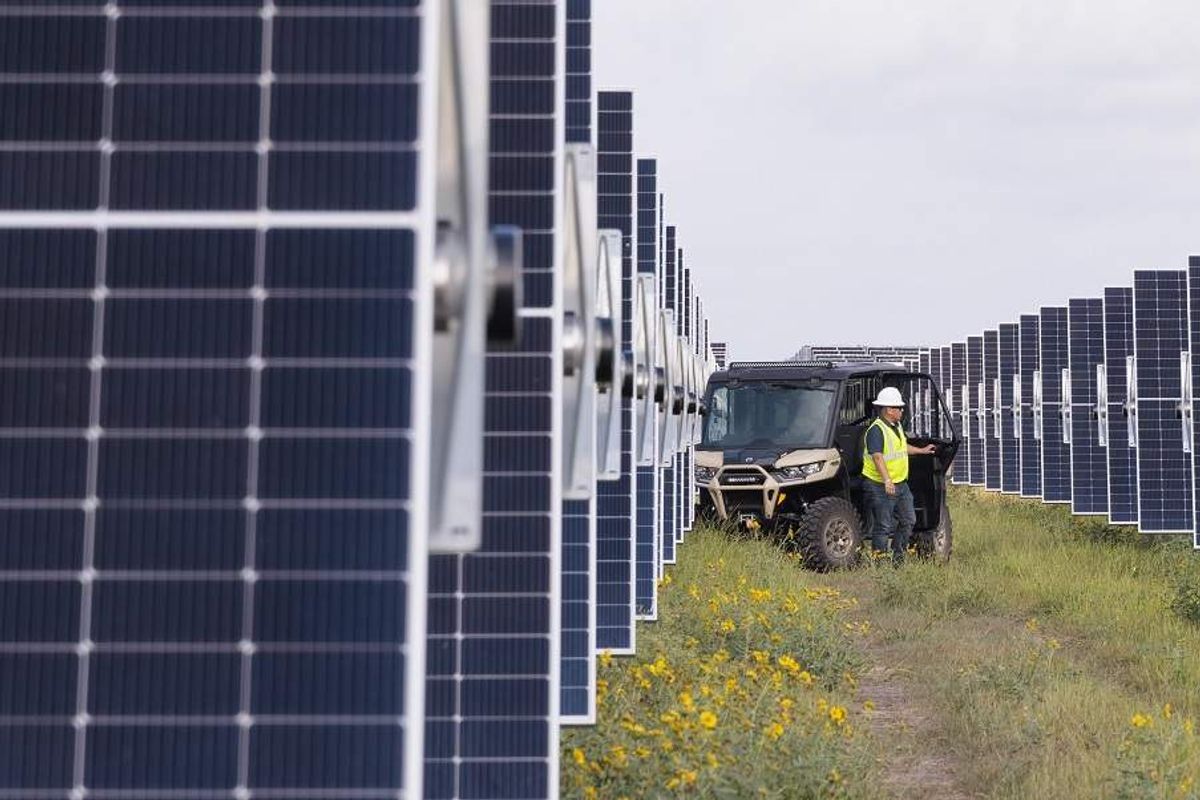Construction is underway on a new 600-megawatt solar project in Texas that will supply renewable energy to Meta Platforms Inc., the owner of Facebook, Instagram and other tech platforms.
Calgary-based Enbridge Inc., whose gas transmission and midstream operations are based in Houston, announced that Meta has agreed to purchase 100 percent of the power generated by its new $900 million solar project known as Clear Fork.
The clean energy developed at Clear Fork will be used to support Meta’s data center operations, according to a news release from Enbridge. Meta has had net-zero emissions across its operational portfolio since 2020, according to its 2024 environmental report. The company matches 100 percent of its data center usage with renewable energy.
"We are thrilled to partner with Enbridge to bring new renewable energy to Texas and help support our operations with 100% clean energy, " Urvi Parekh, Head of Global Energy at Meta, said in a news release.
The Clear Fork project, located near San Antonio, is expected to be operational by the summer of 2027. It will join Enbridge’s first solar power project in Texas, Orange Grove (45 miles west of Corpus Christi), which was activated earlier this year, as well as the company’s Sequoia solar project, which is scheduled to go online in early 2026.
"Clear Fork demonstrates the growing demand for renewable power across North America from blue-chip companies who are involved in technology and data center operations," Matthew Akman, executive vice president of corporate strategy and president of power at Enbridge, said in the news release. "Enbridge continues to advance its world-class renewables development portfolio using our financial strength, supply chain reach and construction expertise under a low-risk commercial model that delivers strong competitive returns."










